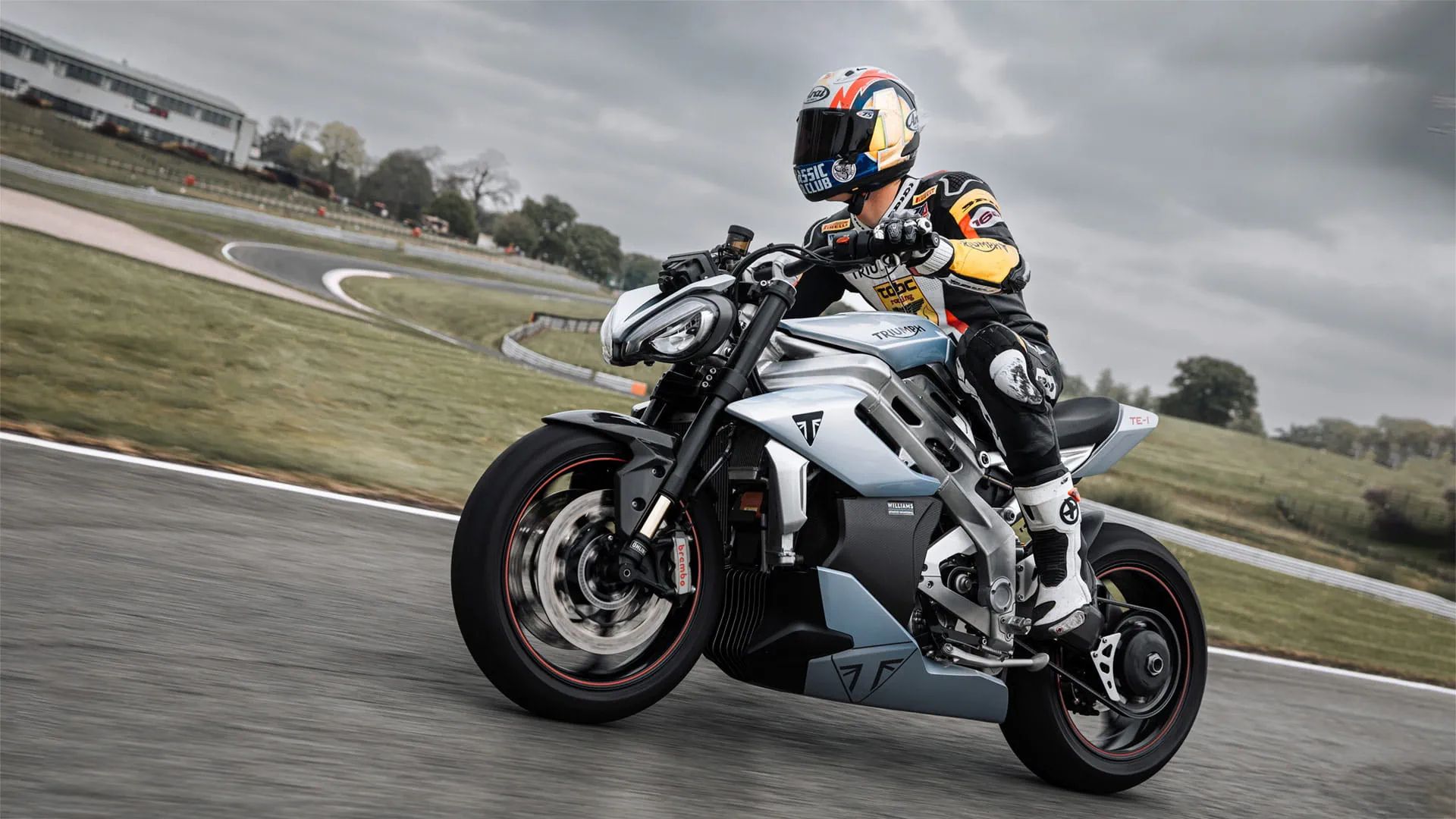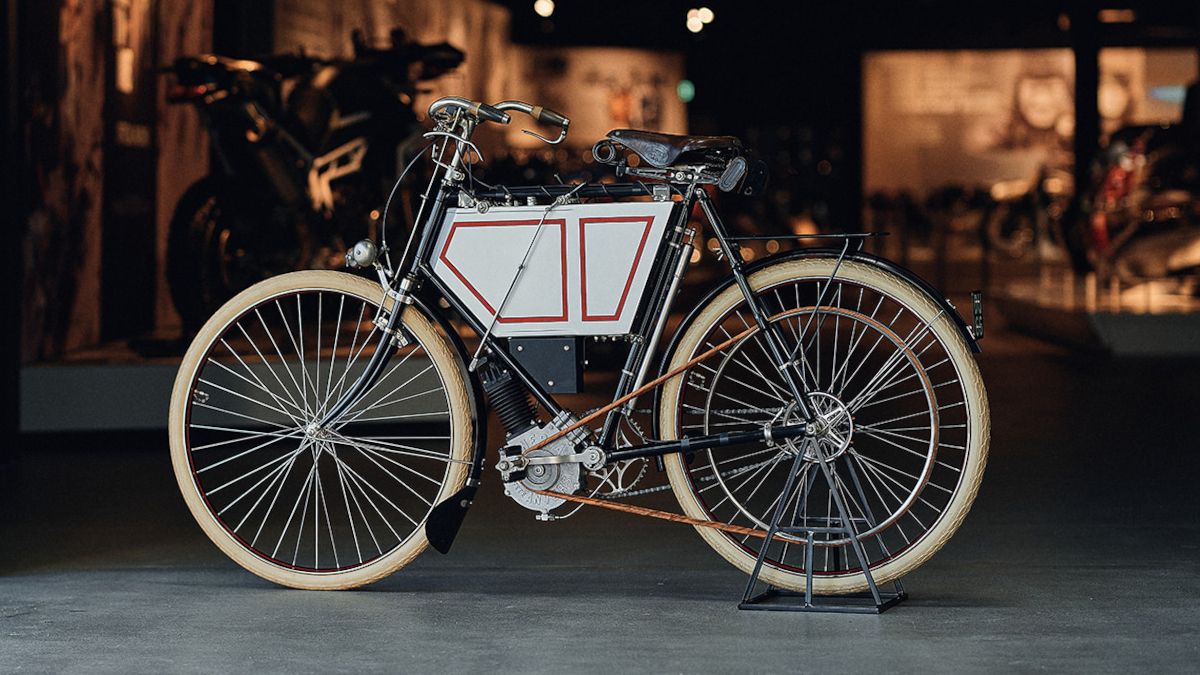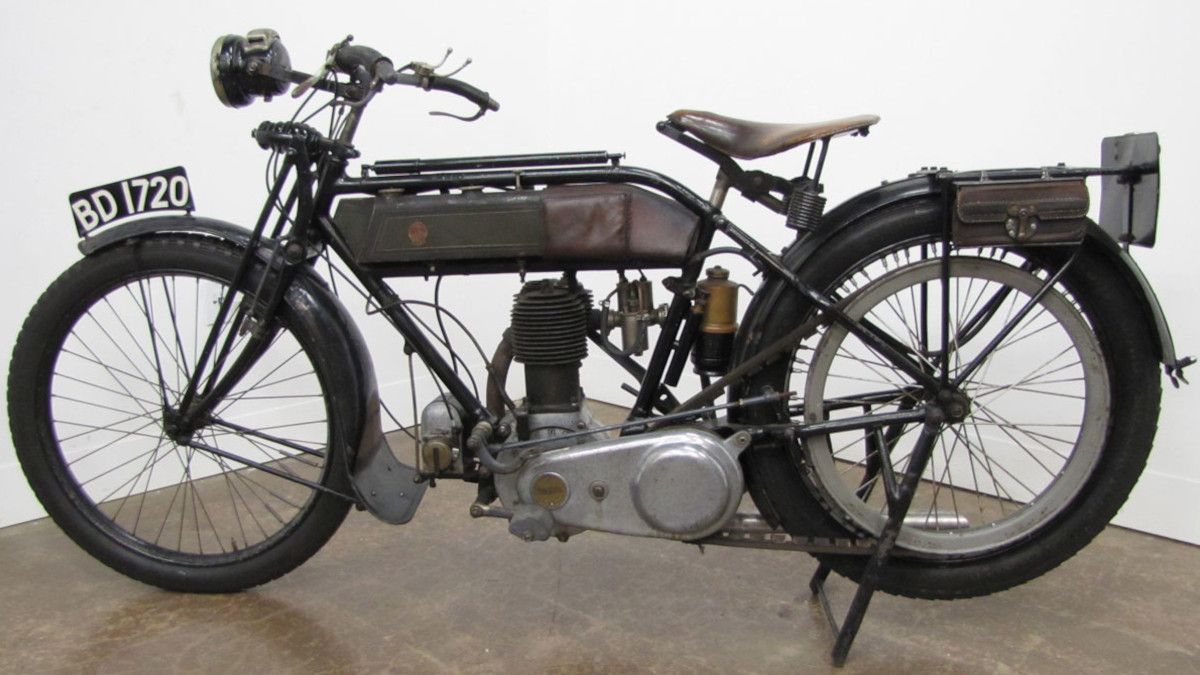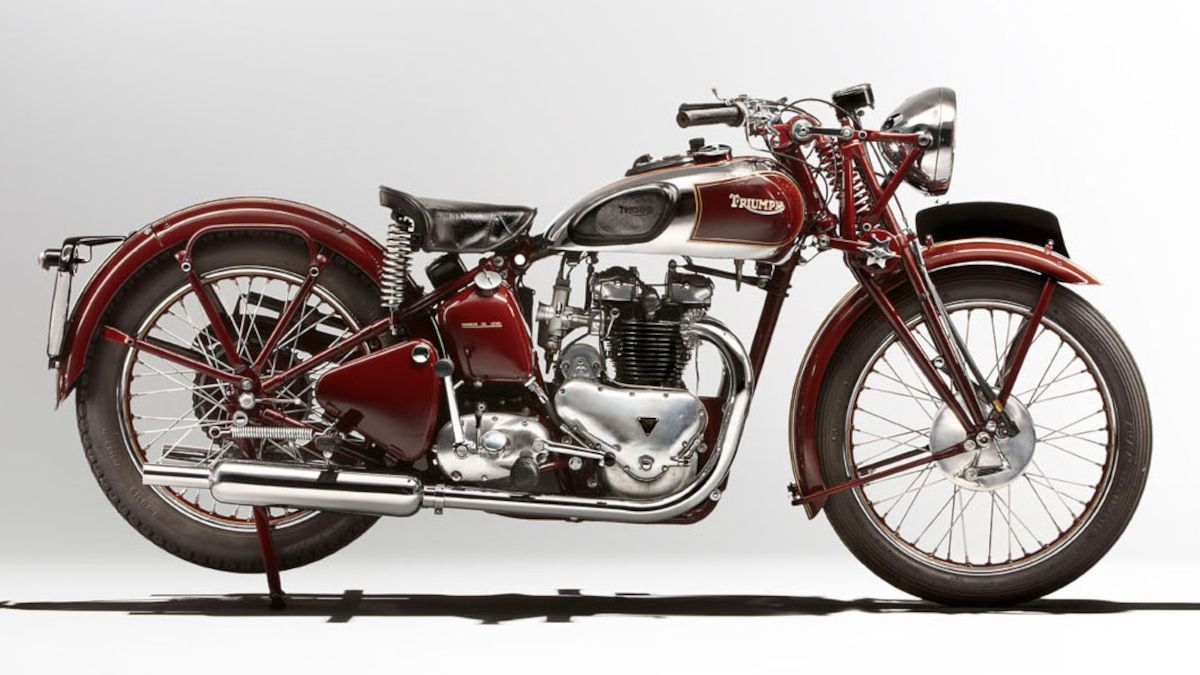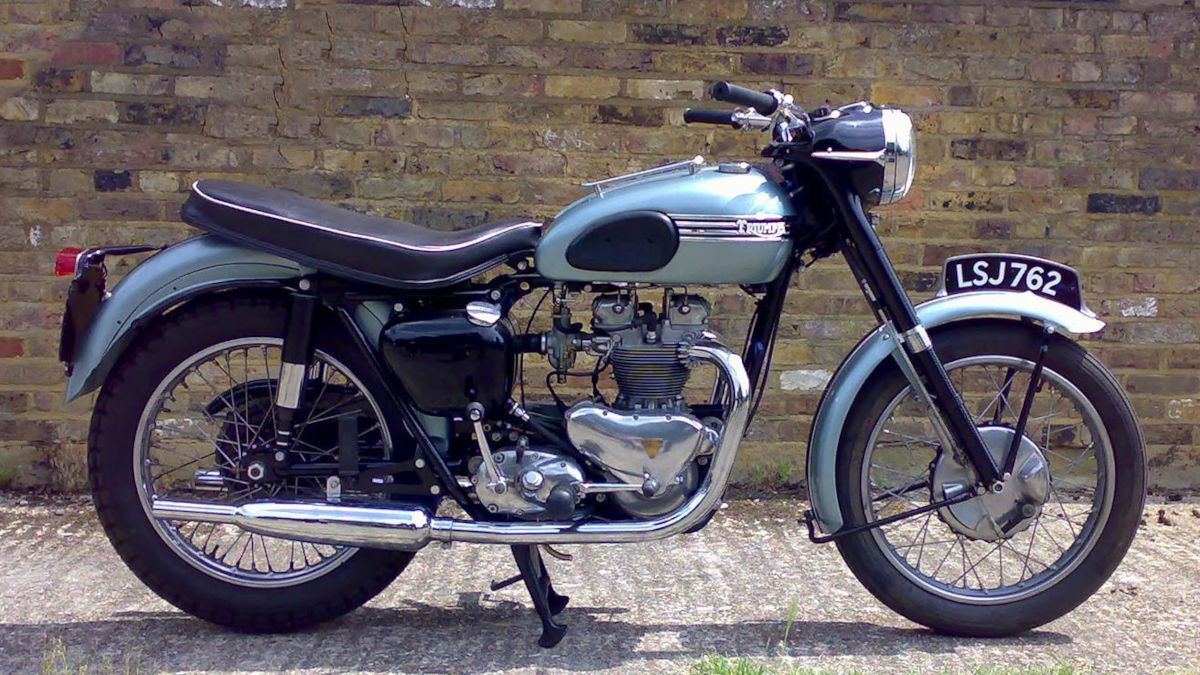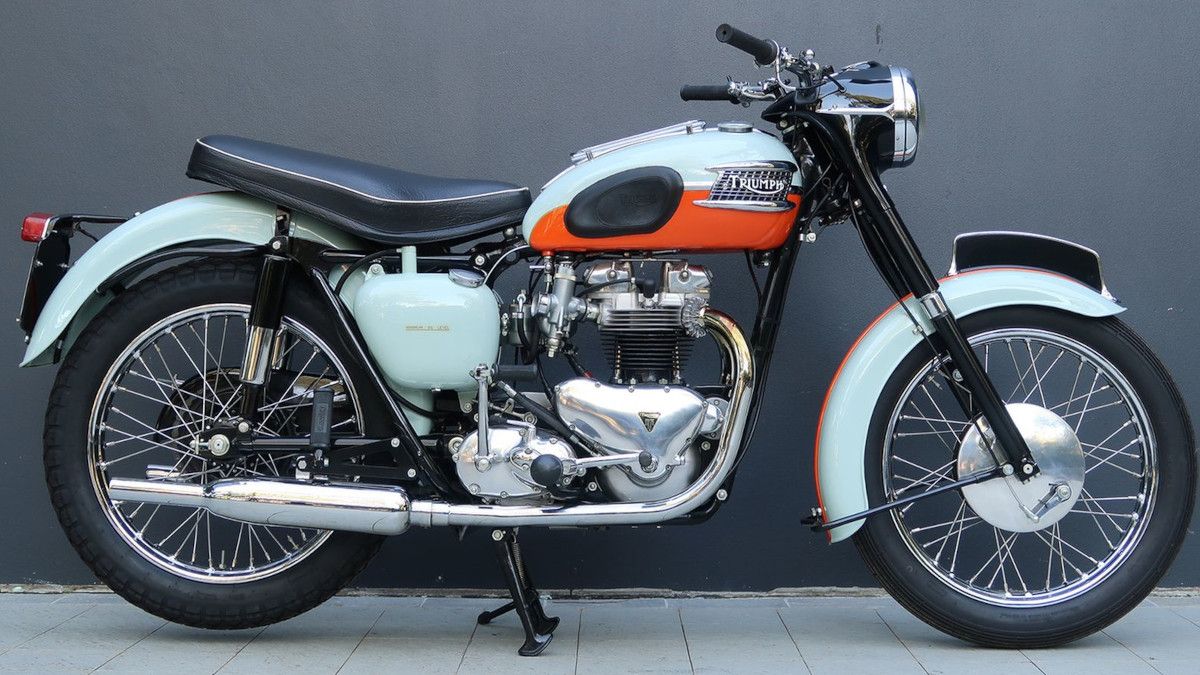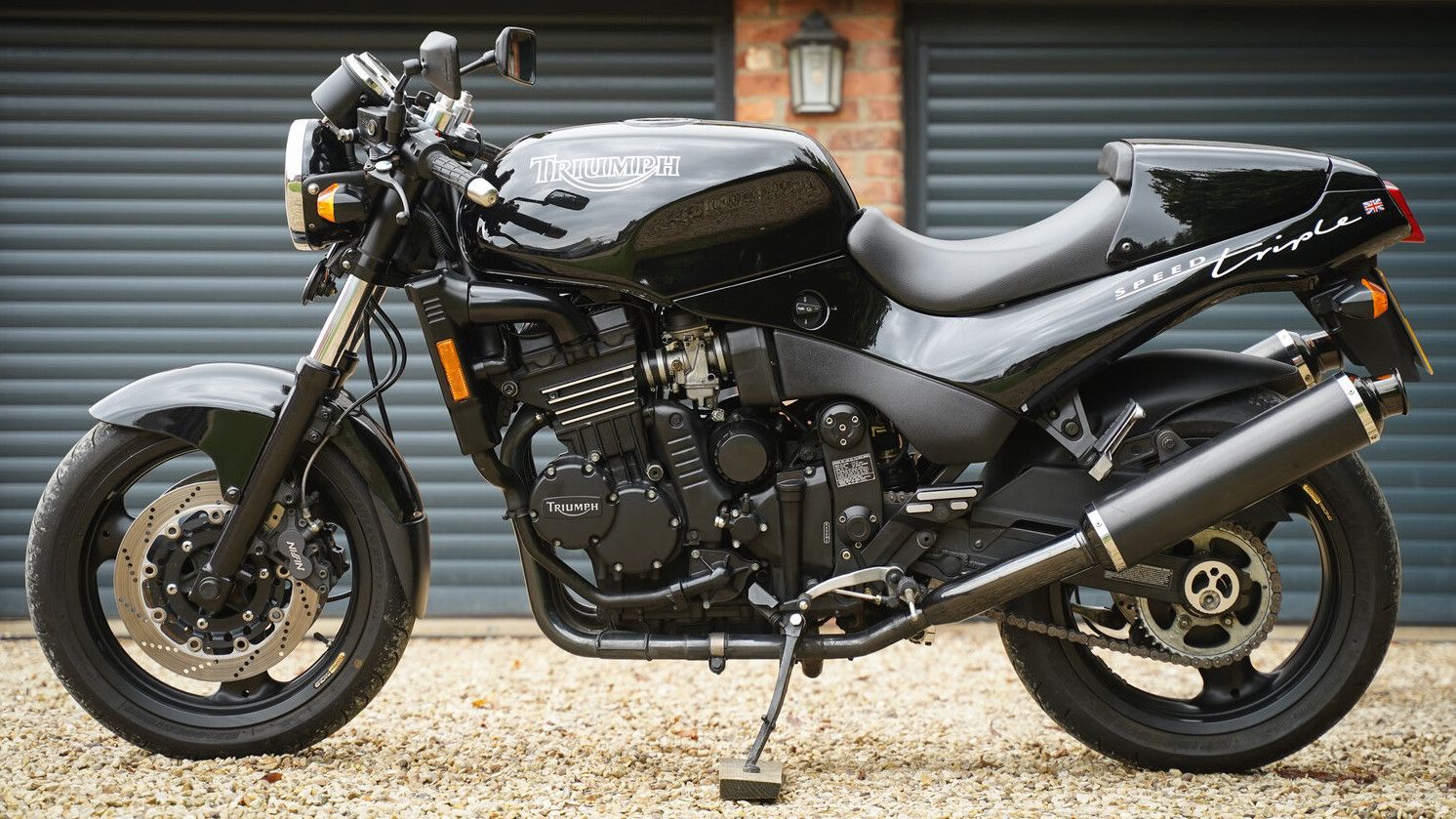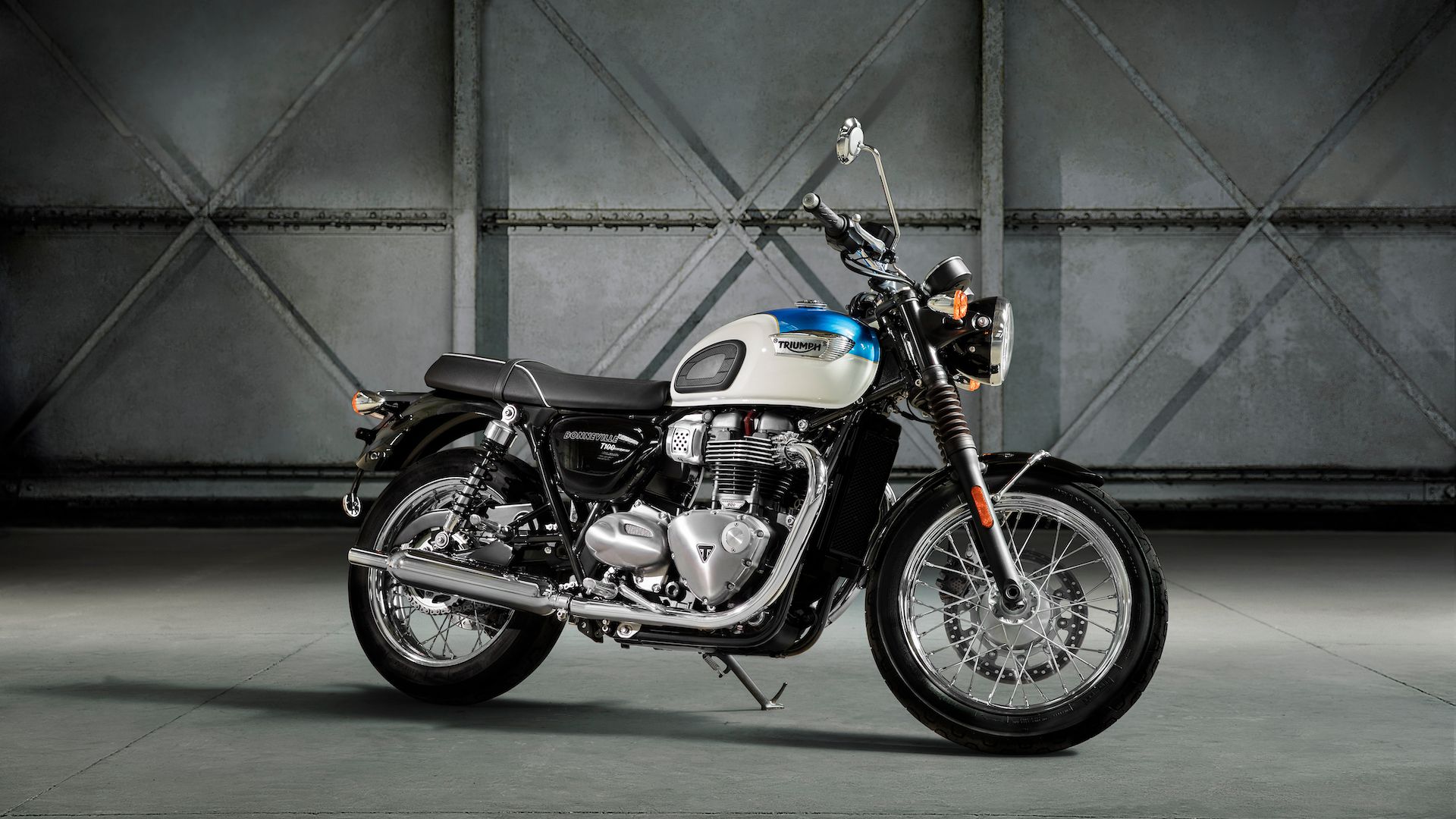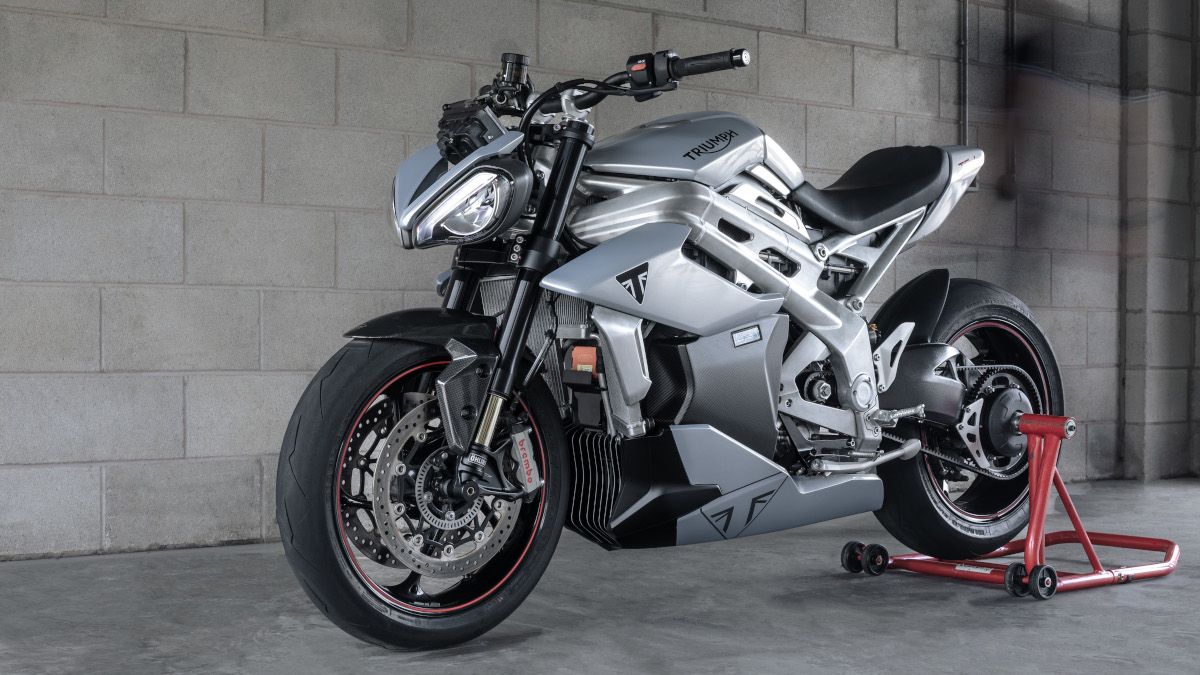When you think of British motorcycles, chances are you could probably name a few brands off the top of your head. They were that influential and important. There's Vincent, Norton, BSA, Brough Superior and even Royal Enfield at one time. But no other brand represents the success and perseverance of the British motorcycling spirit quite like Triumph does.
A lot has been said about the sorry state of British motorcycles back in the 60s and 70s, when the thoroughly modern Japanese manufacturers introduced their much faster and more advanced models. And there are plenty of exhaustive takes on what that lead to. Even the mighty Triumph wasn't immune to the same issues. But through it all, the company managed to stay relevant long enough for the right, forward-thinking people to eventually take the reins, and mold the brand into the premium, global, best-selling bike builder we know today. And in over 120 years of history, Triumph managed to put out some truly incredible motorcycles, that are still turning heads to this day.
10 Model No. 1
Triumph's history as a company goes all the way back to 1887. In 1888, under the advice of an investor by the name of John Dunlop, Triumph began making their own bicycles. But it wasn't until 1901 that they would begin building motorcycles in earnest, as the recently restored prototype would suggest.
The prototype also pre-dates the formation of Harley-Davidson by 2 years. In 1902 Triumph released their first motorcycle, simply named Model No. 1. It used a 2-hp Minerva engine, with Triumph eventually switching to their own engine in 1905. This was the early dawn of motorcycle manufacturing, and by all accounts these were, essentially bicycles with tiny engines strapped to the frame.
9 Type H
By 1915, the world was in a totally different place. Most motorcycles no longer had pedals, a war was brewing in Europe and Triumph, despite having a connection with Germany, was tasked with building courier motorcycles for the British army. They produced the Type H, which had a 499-cc 4-stroke air-cooled engine. More than 30,000 of these 'Trusties' were produced by the end of the war, and 57,000 by the time it finished production in 1923. No longer just a 'bicycle with a motor,' with the Type H, Triumphs were starting to resemble what we now consider as modern motorcycles.
8 Speed Twin
With the invention of the original Speed Twin moniker in 1937, Triumph would eventually go on to revisit motorcycle names like this for new models. It would happen several times throughout Triumph's history, as well as on this list. This 498-cc twin would go on to do over 90 mph, truly earning its name at the time.
It would also be produced for the next 40 years, a pattern Triumph would continue with other long-lasting models. The Speed Twin is considered by many to be the definitive British motorcycle, and looking at its familiar contours, one can see what the future had in store for Triumph.
7 Tiger 100
Another future classic, the Tiger 100 was introduced in 1939, but briefly stopped production during the second world war, and restarted back up in 1946. It was an improvement on the Speed Twin in many ways. It was lighter and faster, with the 100 in its name coming from the claimed top speed of the model. When the model was reintroduced in 1946, it was even lighter, with Triumph utilizing manufacturing techniques they'd learned during the war. This version also came with new telescopic fork.
Triumph was also starting to get noticed by actors, musicians and famous motorcycle enthusiasts of all kinds, with the Tiger being ridden by none other than Bob Dylan, among many others. And in his seminal written work, Jupiter's Travels, Ted Simon rode one such Tiger around the world over several years.
6 T120 Bonneville 650
If the Speed Twin and the Tiger don't ring any familiar bells to you, then the Bonneville name surely does. When Johnny Allen did 193 mph on the Bonneville Salt Flats using a Triumph Thunderbird 650-cc engine, the motorcycle company knew they had a publicity goldmine on their hands. Then, in 1959 they unveiled the T120 Bonneville 650 and the rest was history.
The twin carburetted motorcycle was so popular that, for better or for worse, it remained in continual production until 1983. It was then briefly resurrected again in 1985 until 1988. And for a third time in 2001. And though it has gone through many changes, the now fuel injected and thoroughly modern T120 Bonneville is still going strong, and is probably one of the most recognizable motorcycles in the world.
5 Speed Triple 900
Some very sketchy things went down at Triumph in the 80s that resulted in the company going into receivership. It was eventually taken over by new owners, and Triumph began its long climb back to the ranks of the elite motorcycle manufacturers. One of the most pivotal motorcycles in those early days was the revived Daytona sport bike. And while it's tempting to list that model as a one of the best, it's really the naked streetfighter sibling that deserved all the praise.
It was perhaps one of the earlier attempts by a major manufacturer to harness what enthusiasts had been doing to sport bikes for years. Triumph took the Daytona, stripped off all the plastic bits, leaving a raw, yet beautiful silhouette. The Street Triple became a resounding success soon after and a version of it continues to be made to this day.
4 Thruxton 900
If you noticed the Café Racer craze of the past decade, it could potentially be attributed to the Triumph Thruxton 900. The designers and engineers armed the bike with the beloved Bonneville 900-cc engine and wrapped the entire package in 60s racing aesthetic such as rear seat cowl and short flyscreen. The result immediately became successful with older and younger riders alike, spawning an entirely new, classic motorcycle modification fad in the process. And the name? Well turns out Thruxton is a famous racecourse in England and that's as appropriate as it gets.
3 Street Triple 675
If the Thruxton was a racing callback to the 60s, the new Street Triple was Triumph looking into the future. With the success of the Speed Triple, Triumph wanted to release a more approachable version. It once again looked to a Daytona for inspiration, this time a contemporary Daytona 675. The 'mini Speed Triple' was introduced to the public in 2007.
It retained the streetfighter looks but was smaller and a more beginner-friendly offering from Triumph. Both the Speed and the Street (yes, the names are confusing to this day, even to Triumph) are also known for the absolutely divisive double headlight configuration. You either love the 'bug eye' look or you hate it. There is seemingly no in-between. The re-tuned version of the Daytona 675 and the Street Triple engine was eventually brought back out of retirement to be used in the modern iteration of the Trident and its cousin the Tiger Sport 660. And it hasn't lost a single step.
2 Bonneville T100
Triumph have become rather adept at reviving classic motorcycle names from their past. The Bonneville engine was still alive and well and with modern T100 it went through an evolution. Long gone were the days of unreliability and seeping oil from Triumph engines. Its factories were now state-of-the-art thanks to Triumph's reinvention back in the 80s.
The motorcycles were built in modern factories, with precision and outmost care. The Bonneville engine had become bulletproof as it was distributed into multiple variations such as the Scrambler, Street Cup, Bobber, Speed Master, Thruxton, T120, and of course the T100. And though Triumph is a high-tech, modern company, with futuristic aspirations at their core, their bread and butter remains their Modern Classic lineup of Bonneville bikes.
1 TE-1
Did we say that Triumph is a high-tech company? Did you believe us? You should. Not only is Triumph the sole provider of engines for all teams racing in Moto2, they're also itching to get into motocross and dirt bikes in the near future. But none of that can beat what Triumph was able to accomplish when they partnered up with Williams Advanced Engineering, Integral Powertrain Ltd and WMG to create a one-off, unique prototype. And while the bike may look like an advanced version of a Speed Triple, the similarities end on the surface. The TE-1 is a fully electric motorcycle, a first for Triumph. And after phase 4 was finished, and all tests were completed, the end results were surprising to say the least.
The TE-1 has a 100-mile range, with 175 hp peak power and only a 20 minute 0-80% charge time. It's also comparatively light, weighing in at only 485 lbs. The TE-1 matches the performance of the Speed Triple 1200, while beating it at 0-100 mph. The bad news is that Triumph has no plans, that we know of, to sell this bike to the public. But the idea that they were able to develop such a beautiful machine, with top of the line specs, fast charging and comparatively long range is a good sign that the EV motorcycle industry is moving in the right direction.

